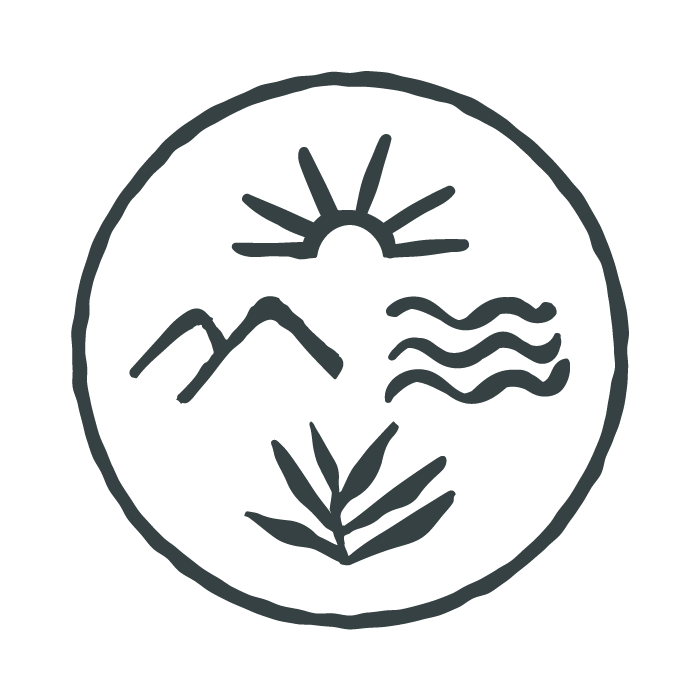
Trekking through Nepal is an experience at the top of many of our bucket lists, but you need to be prepared and pack the right gear to give yourself the best chance of having an incredible experience.
I recently completed a 10 day trek to Gokyo Lakes in the Everest region, winding through the beautiful Himalayas and sleeping at remote teahouses. For a trip like this, it is essential to pack for the conditions you are likely to face, which include cold evenings, warm days, dry dusty air and basic accommodation. I have to admit, prepping for a multi-day trek in the Himalayas can be a little stressful and overwhelming, so to make it easier for you I have created and shared my very own ‘What to Pack for Trekking in Nepal’ list, so you only take what you really need.
Note: This packing list is specifically for a 10 day trek, so the clothing and item quantities reflect that duration. Please adjust this based on your own hike distance.
I’m putting together a detailed guide to trekking to Gokyo Lakes in the Everest region of the Himalayas, which will be uploaded soon, so if you’re heading out on a similar adventure make sure you read my guide first.
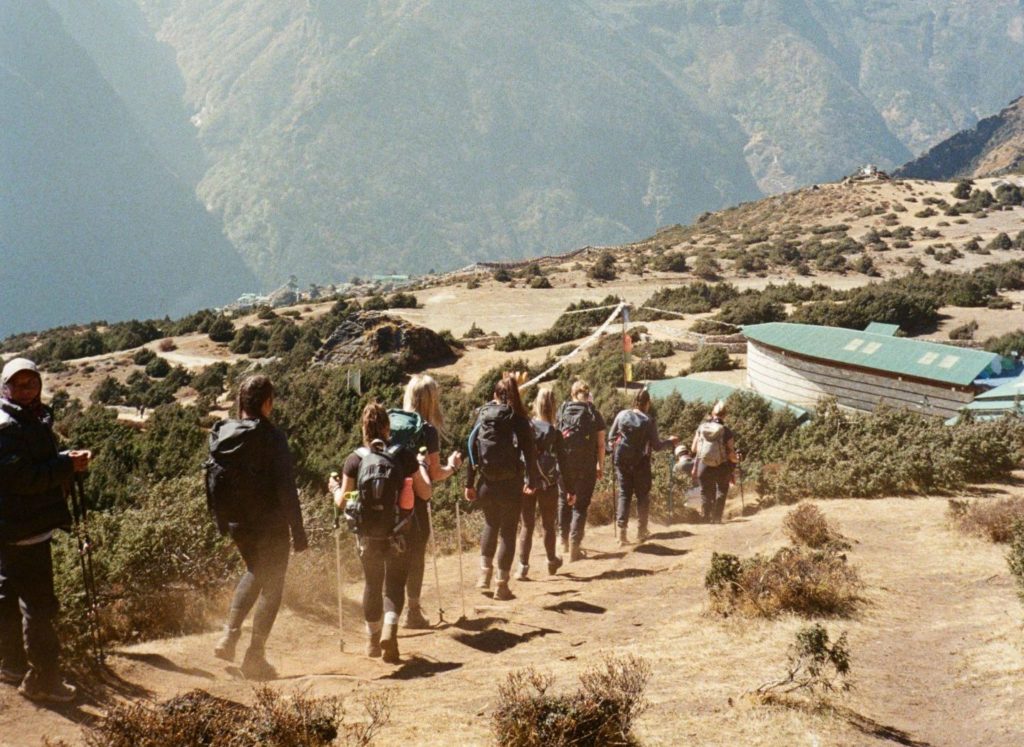
The cold nights are one of the most challenging elements of trekking in Nepal, but having the right gear makes them totally manageable. As we trekked in November, the temperatures got down to -5 or -10 at night, so I recommend taking your sleeping gear seriously.
This is one of your most important pieces of gear as you need a good quality sleeping bag to stay warm and comfortable at night. Ensure you choose one which is a good fit for your body shape (mummy is ideal), with an insulated hood and has a comfort rating of -10 at a minimum. I used the Sea to Summit Spark -18 Long Sleeping Bag.
This is an additional layer you can use beneath your sleeping bag at higher altitudes to keep you warm, again I would say this is an absolute necessity to your comfort during the cold nights. I used the Sea to Summit Reactor Extreme Liner and highly recommend it.
I don’t recommend sleeping in all your layers, in fact I suggest sleeping in just one good quality merino base layer if you can. I went for a thick pair of thermal merino leggings with a thick thermal merino top and cosy socks, and that served me well alongside my liner and sleeping bag.
It is nice to have an outfit to throw on in the teahouses which isn’t covered in dust from the trails. I typically wore my sleeping outfit with an additional merino fleece and some fleece lined tracksuit bottoms on top.
I’m talking ear plugs and eye masks, these are really practical as you will most likely be sharing a room in a small teahouse with paper thin walls.
A headlamp is always useful to have in the mountains, especially if you’re getting up early to do a summit push. But I also used mine a lot when I was going to the toilet in the night or wanted to move around our bedroom without waking my roommate. Always good to bring spare batteries too.
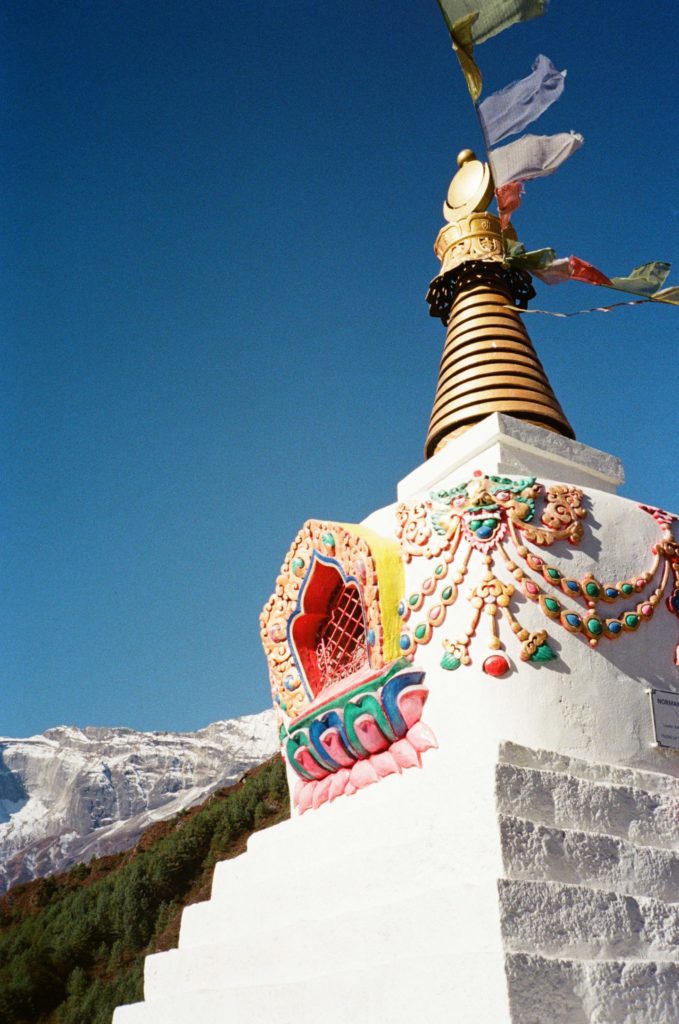
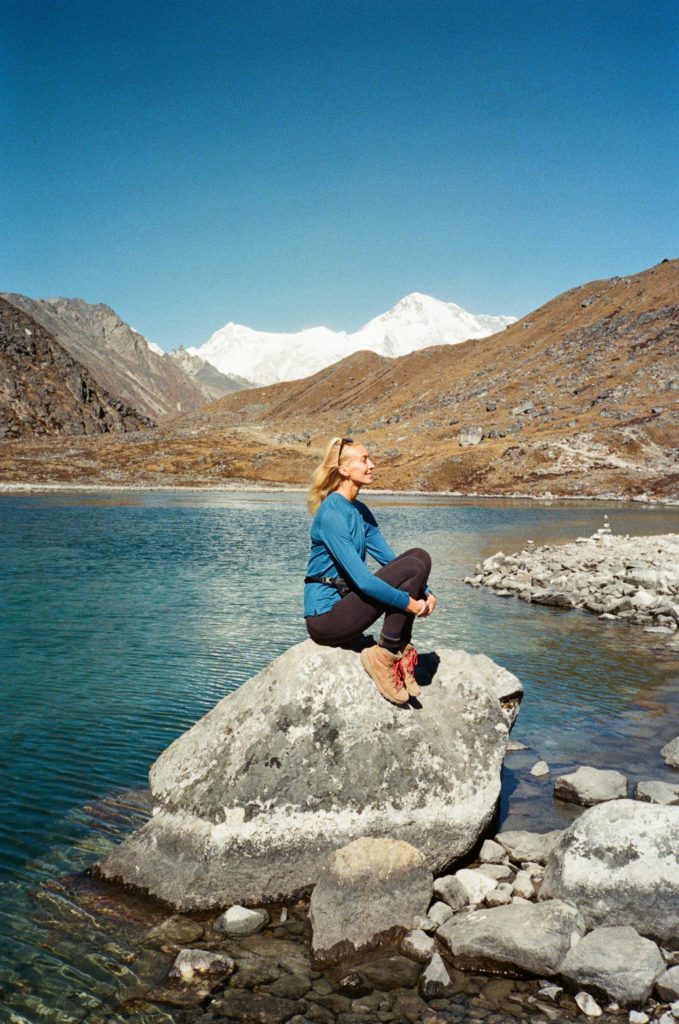
The size of your backpack will depend on whether you have porters or not, we did so I only needed a smaller daypack to carry my layers and essentials. I highly recommend opting for one which is well fitting with supportive waist and chest straps to take the load off your shoulders. My favourites are the Osprey Tempest 30 or the Gregory Zulu 40.
A waterproof backpack cover is essential to keep your gear dry if it rains while you’re on the trail.
Nalgene bottles are one of the most useful things you will take! I recommend filling them with boiling water at night and popping them in your sleeping bag to act as hot water bottles, then in the morning you will wake up to clean cold water which is ready to drink. Just add your name to the lid with a permanent marker as most trekkers in the teahouses will be bringing the same bottles with them!
You need to drink a large quantity of water at altitude, so alongside two Nalgene bottles worth, I was also consuming 2 more litres through my water bladder. If you’ve never used a water bladder then you are seriously missing out, it makes drinking so quick, easy and convenient and really helps you stay hydrated. I recommend choosing one which has a 2-3 litre capacity and integrates into your backpack.
This was one of my favourite items I packed – a bum bag! I used it every day to have my essentials within easy reach, such as my phone, portable charger, suncream, sunglasses, tissues and lip balm. It is so practical and gets bonus points for packing down super tiny and weighing hardly anything!
Showers are few and far between when you’re trekking, and you’re not recommended to have one above 4000m altitude. That being said, I did have a little rinse when I was in Namche Bazar so a lightweight microfibre towel came in mighty useful to help me dry off.
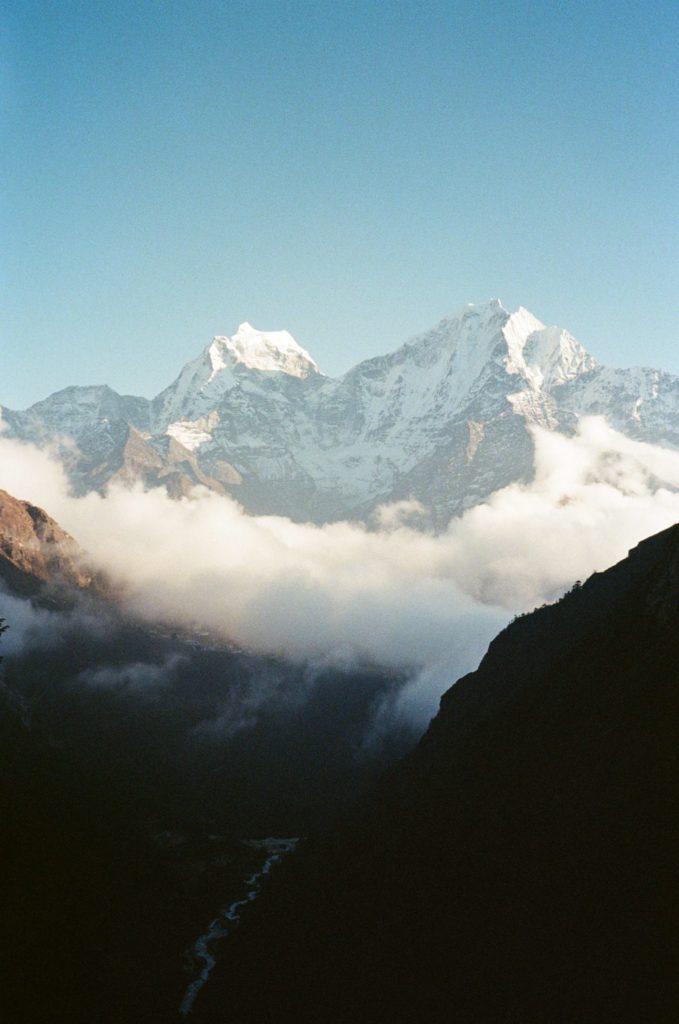
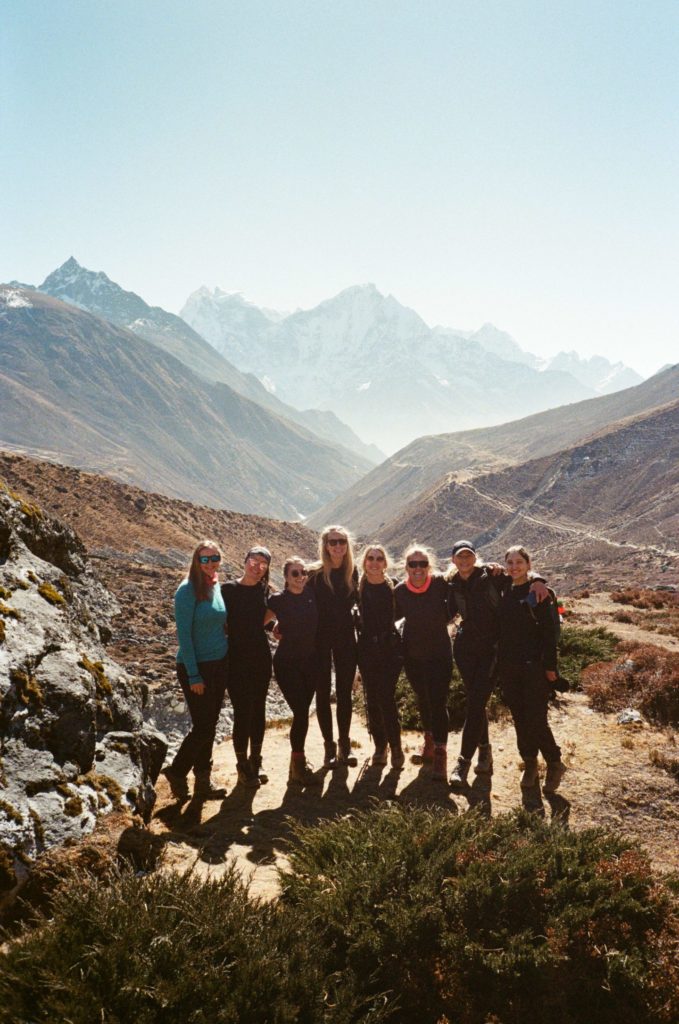

A good quality GORE-TEX jacket is key, as mountain weather is unpredictable and rain can strike at any time. I recommend the KEELA Stratus Jacket as it has an inner lining for an extra layer of warmth compared to a shell jacket.
This is one of the most important items you will pack for your trek, so choose wisely. It needs to be 800 loft/fill compulsory, good quality, with an insulated hood and ideally should be windproof too. I recommend the RAB Infinity Alpine Down Jacket, it is top of the range and will keep you cosy on the coldest days.
Another absolute necessity. Some days it will be too cold for just a fleece but too warm for your thickest down, so a more lightweight alternative is well worth packing. You can also “double down” by layering this under your thicker down jacket on the coldest mornings and evenings.
Lightweight, sweat wicking and supportive sports bras which are free from uncomfortable underwires if possible.
Choose lightweight, breathable and quick drying short sleeve t-shirts, like these, and ones with a merino blend so they stay smelling fresh after days of wear.
The same as above, choose long sleeve tops that are lightweight, breathable and quick drying, and try ones with a merino blend so they stay smelling fresh after days of wear.
This thicker base layer can be thrown on during the coldest days to keep you nice and cosy.
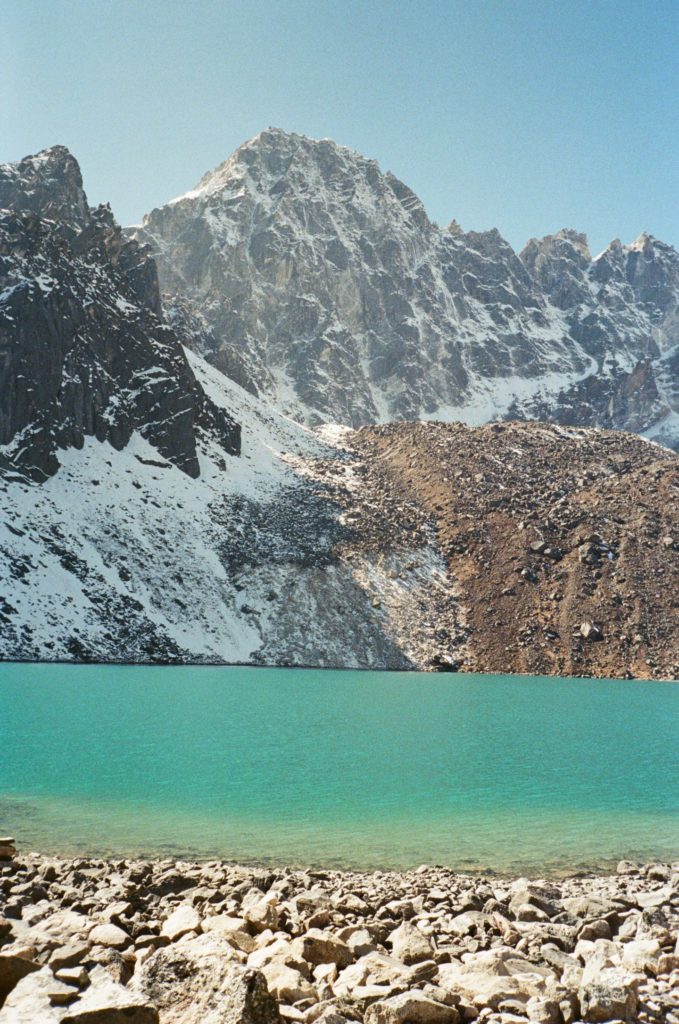
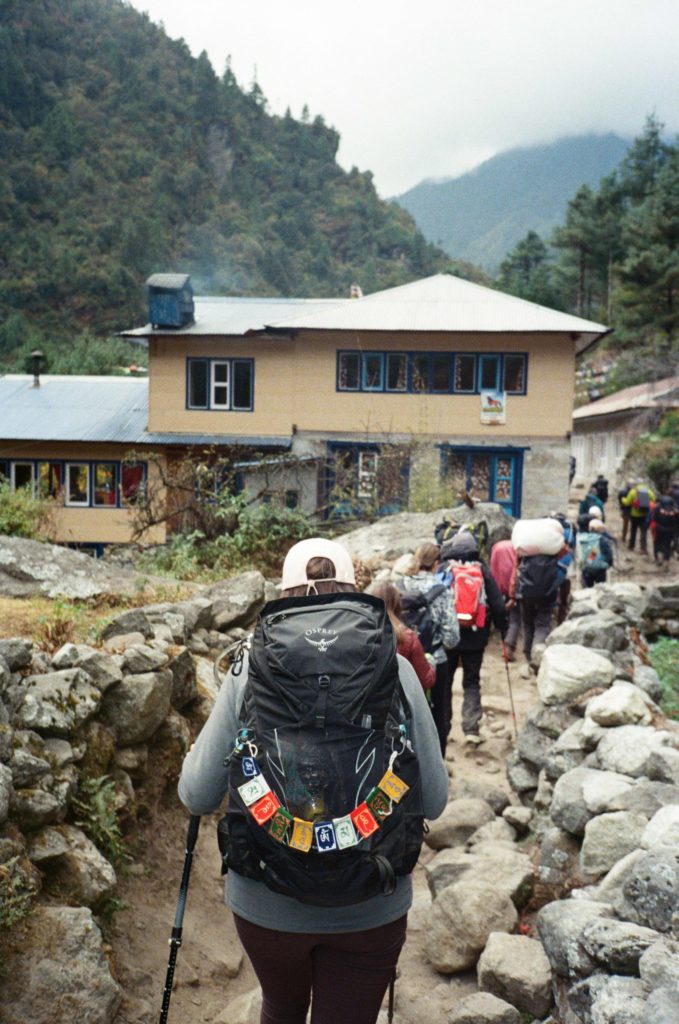
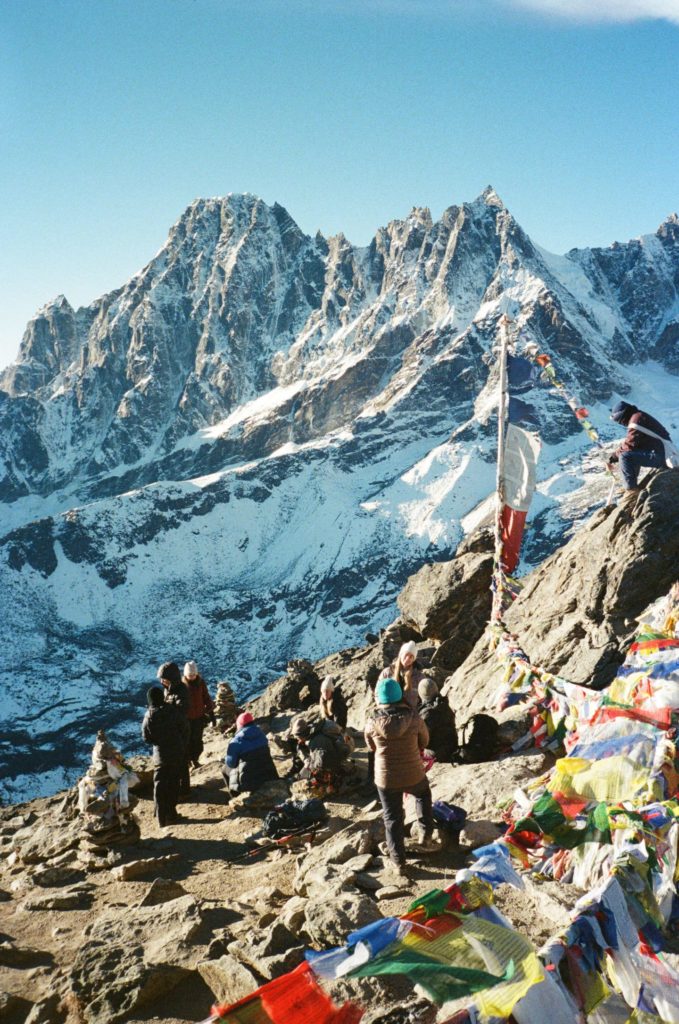
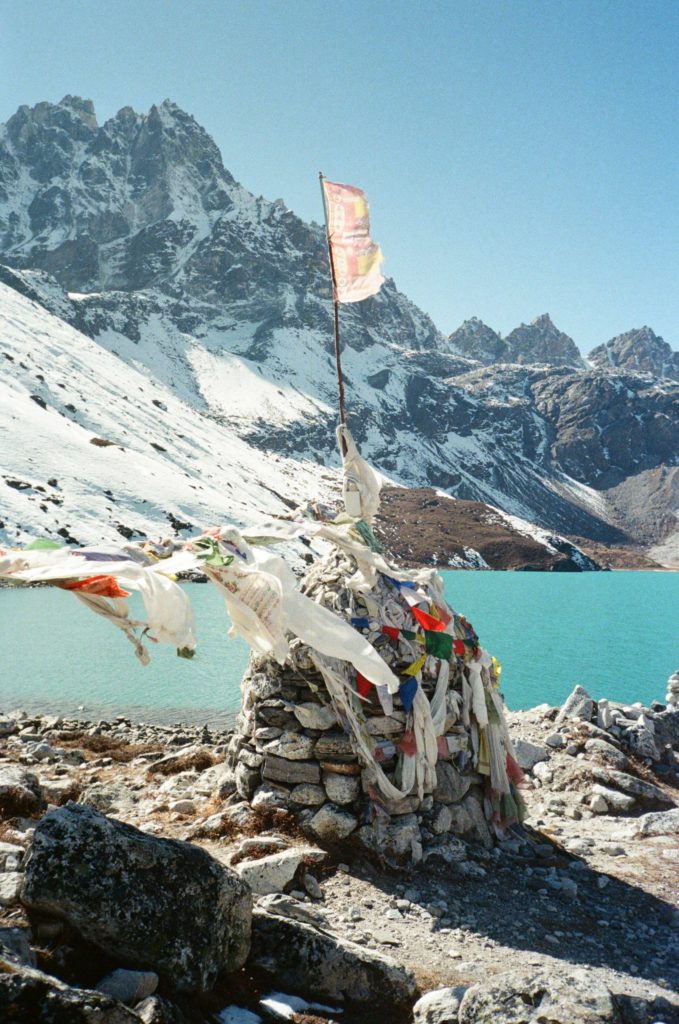
GORE-TEX trousers are important to protect you during any potential rainy days on the trail. I recommend a lightweight packable pair with zips down the side for easy removal.
Personally, I prefer to hike in leggings for comfort and freedom of movement. I took good quality, breathable and sweat wicking leggings with pockets for practicality.
Choose a robust pair which zip off into shorts, as the days can get warm at lower altitude. As we got higher, I layered these trousers over my leggings on colder mornings and during our summit push.
These merino wool leggings come in useful at higher elevations where they can be layered under hiking trousers for additional warmth.
It goes without saying that these are pretty important. Opt for walking boots which are well worn, well loved and well-broken-in to reduce the risk of blisters. Make sure they don’t fit too snug, so you have space to throw on a couple of pairs of insulating socks.
A pair of ultra-lightweight camp shoes which can be worn around the teahouses. I opted for a down pair to keep my toes nice and warm.
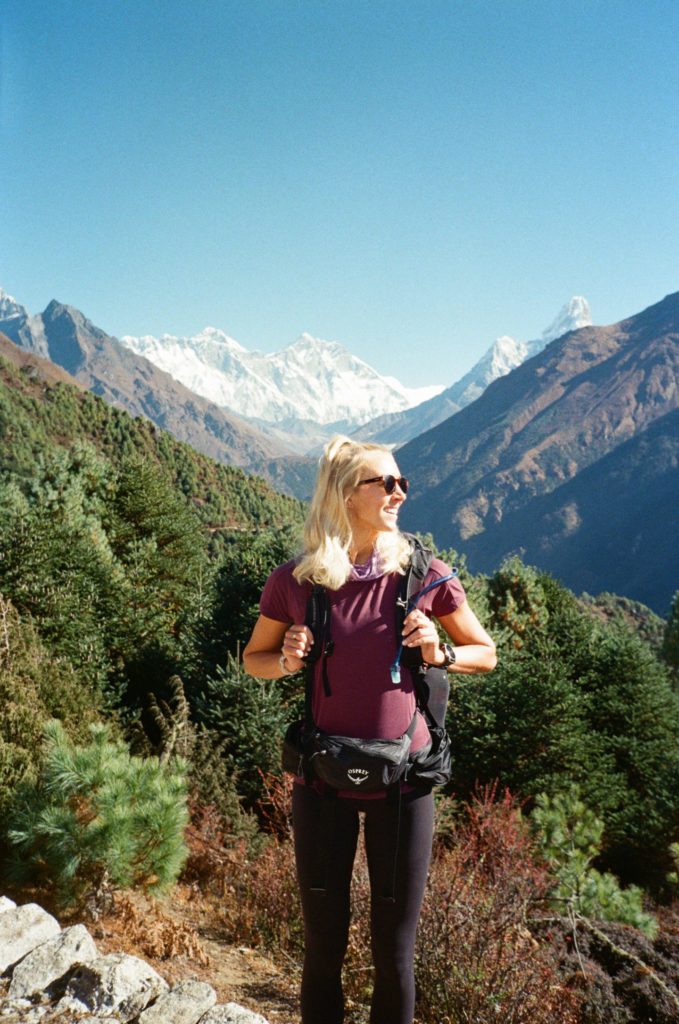
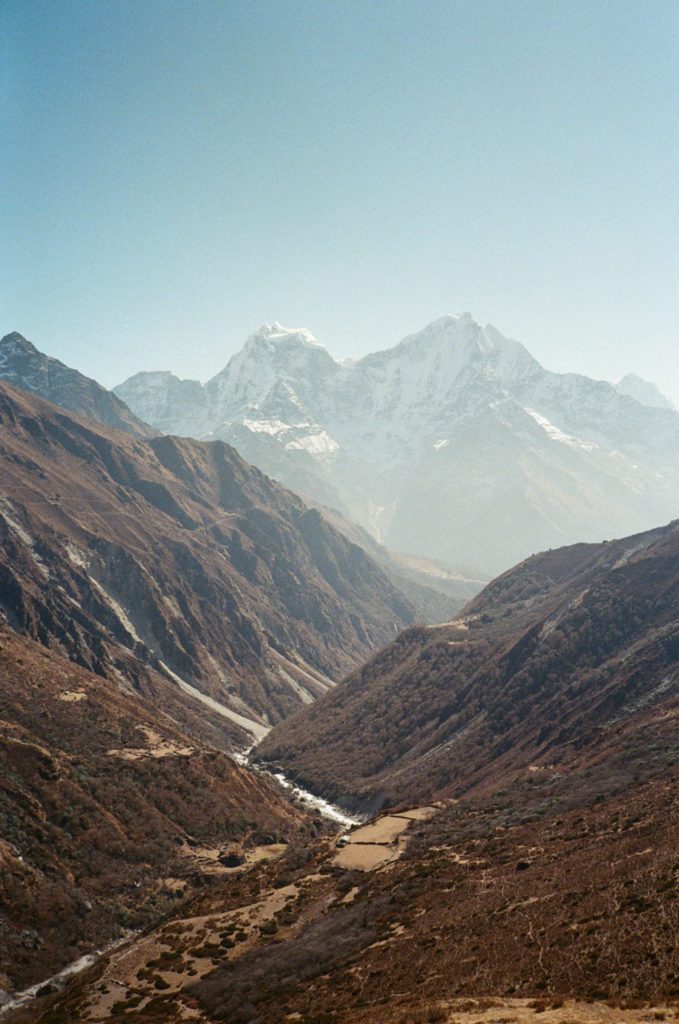
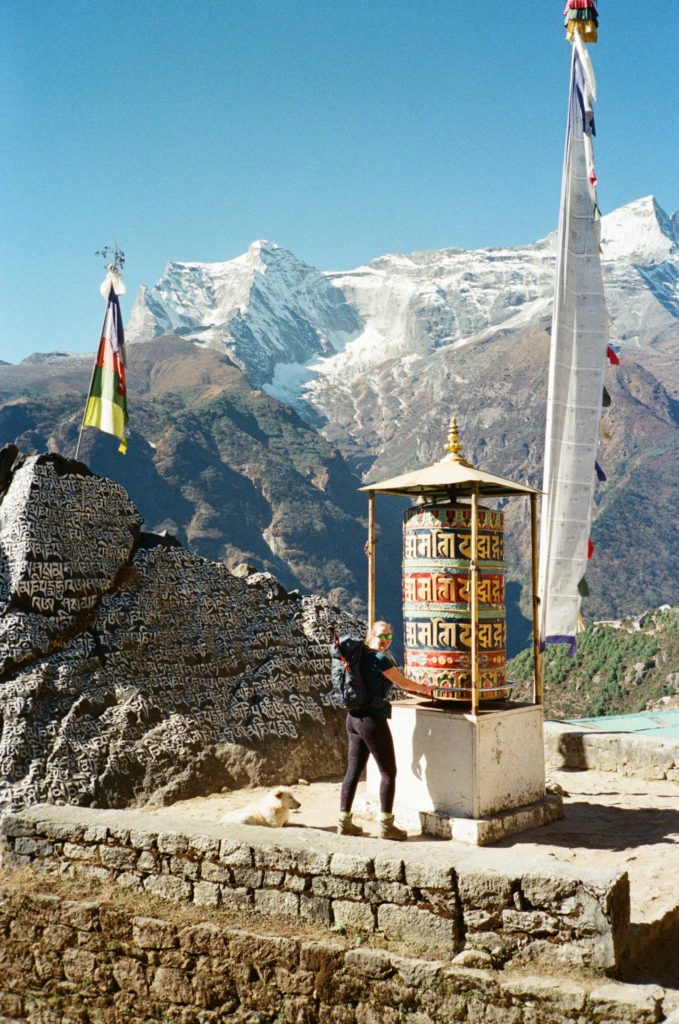
Try to find one which is fleece lined, this one is my personal favourite as it is waterproof too.
A thin merino wool hat liner for an extra layer of warmth on colder days – This is also great to sleep in.
I recommend taking two, a thinner one for lower altitudes and a polar fleece lined one for higher up.
A cosy merino headband to keep your ears warm, or just hide your unwashed hair!
If you struggle with cold hands like me, I recommend a three layer system. A thin merino liner, a thicker insulating glove and then finally a super thick outer mitten. Even if you don’t struggle with the cold, at least two layers are recommended at higher altitudes.
I recommend taking 5 pairs of merino wool liner socks and 5 pairs of outer hiking socks, including at least one pair of super thick thermal ones.
A fresh pair of every day of the trek, I recommend sweat wicking ones like these.
Polarised, durable sunglasses with 100% UV protection, like these.
Whether you take trekking poles or not is personal preference. I didn’t use or take mine, but many other people on the trail relied on them every single day.
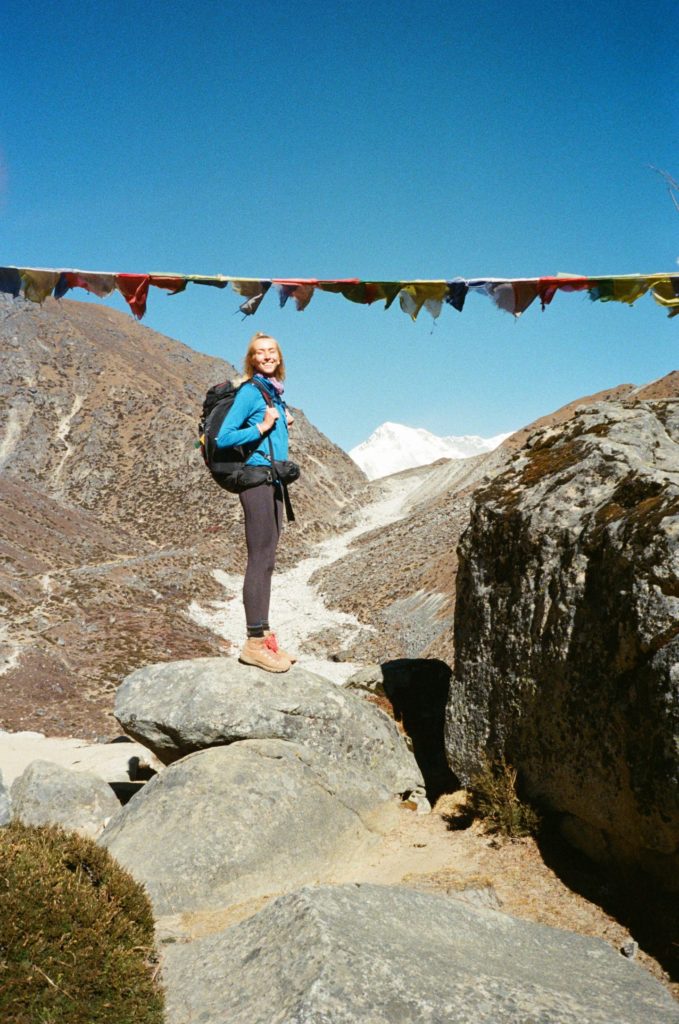

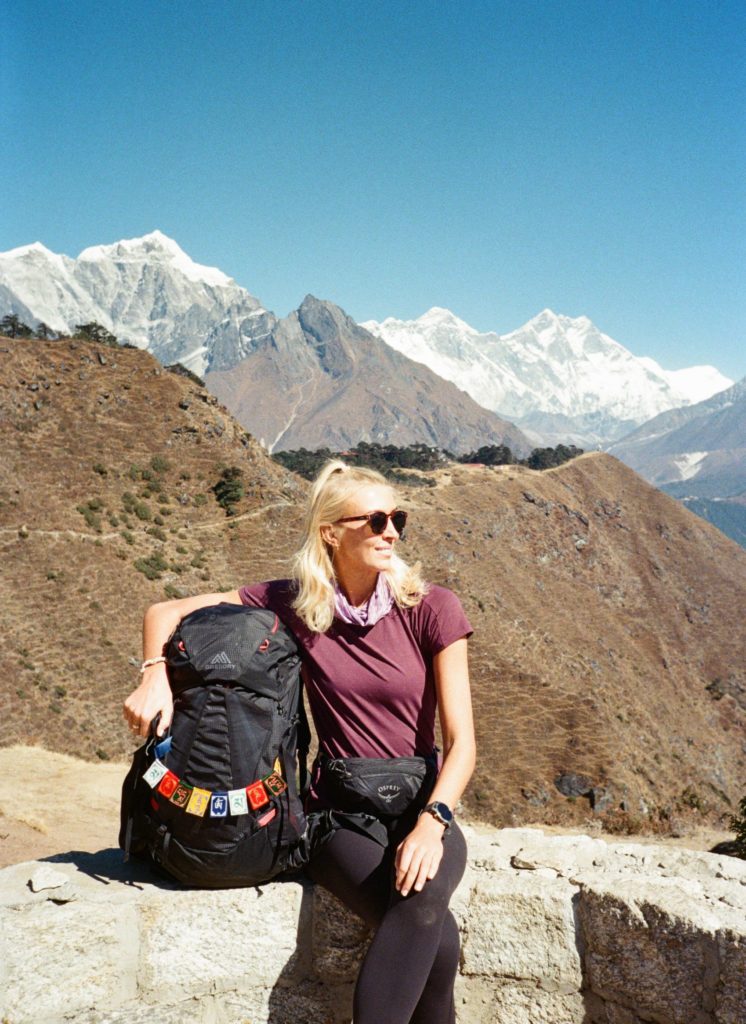
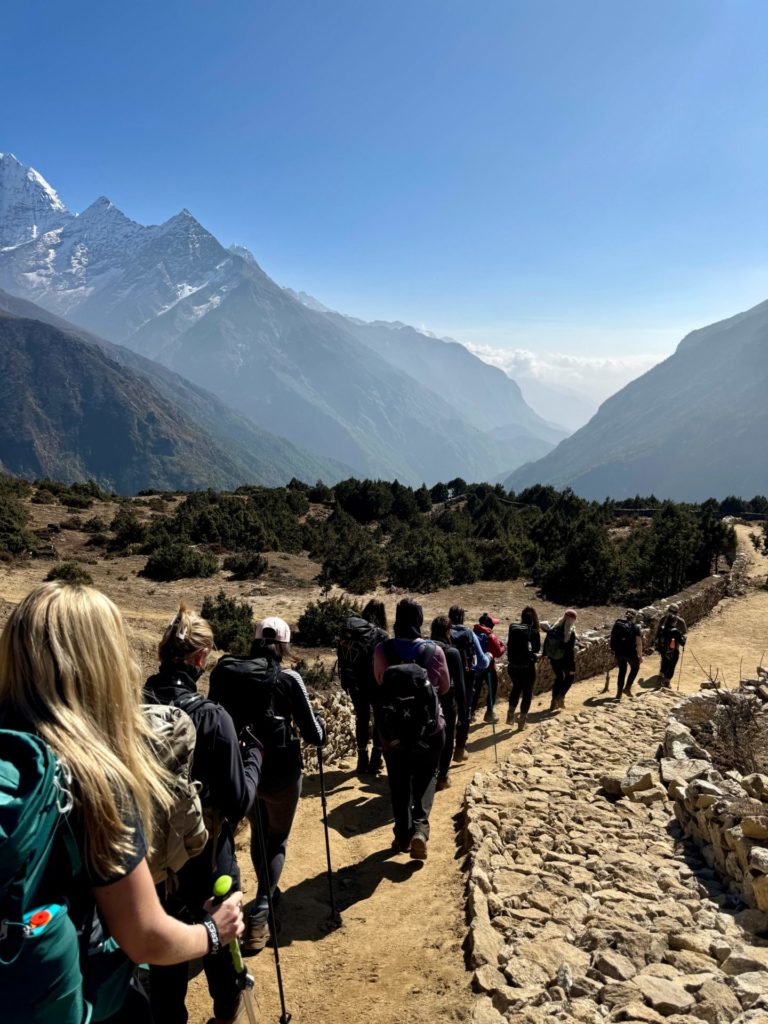
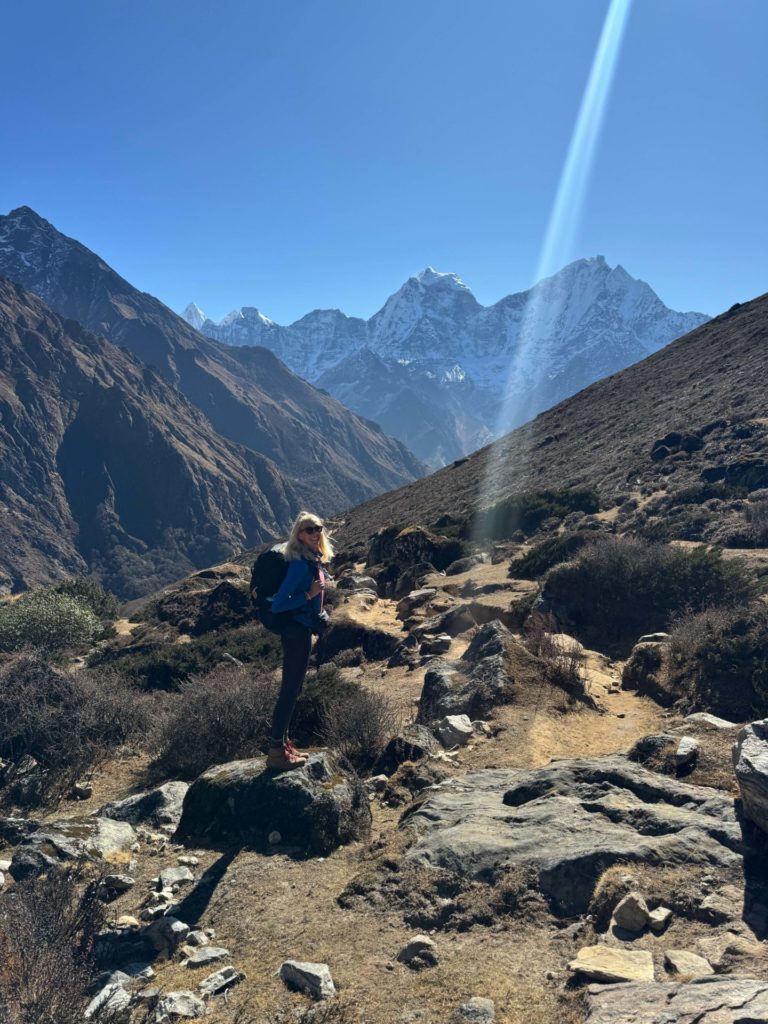
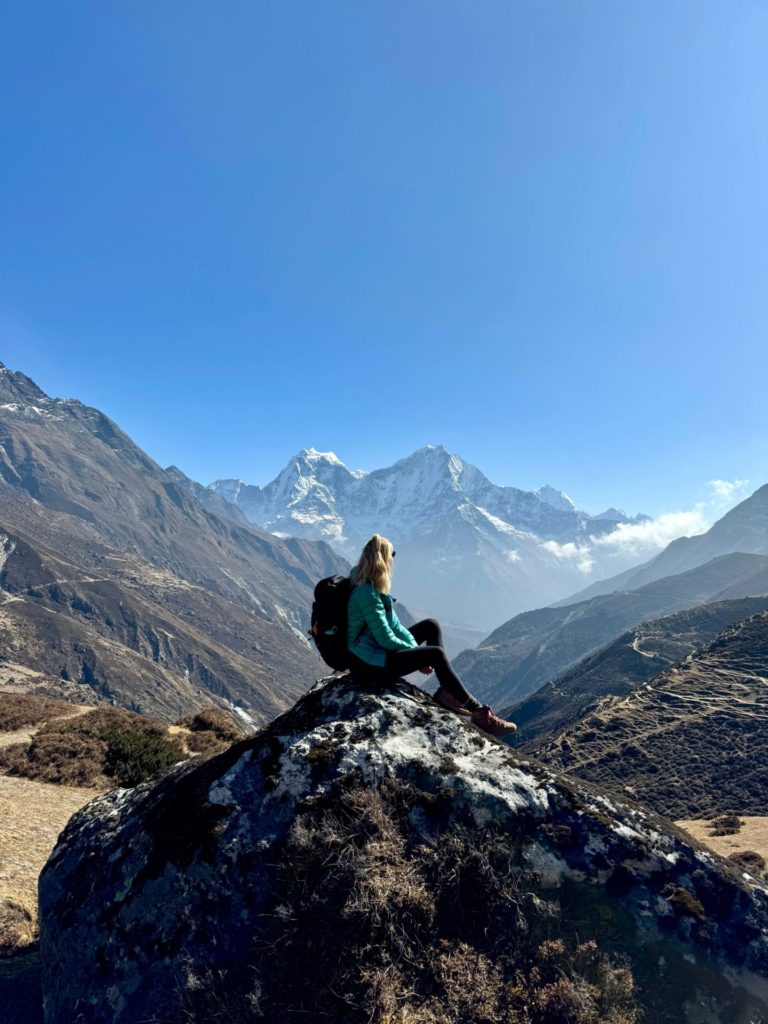

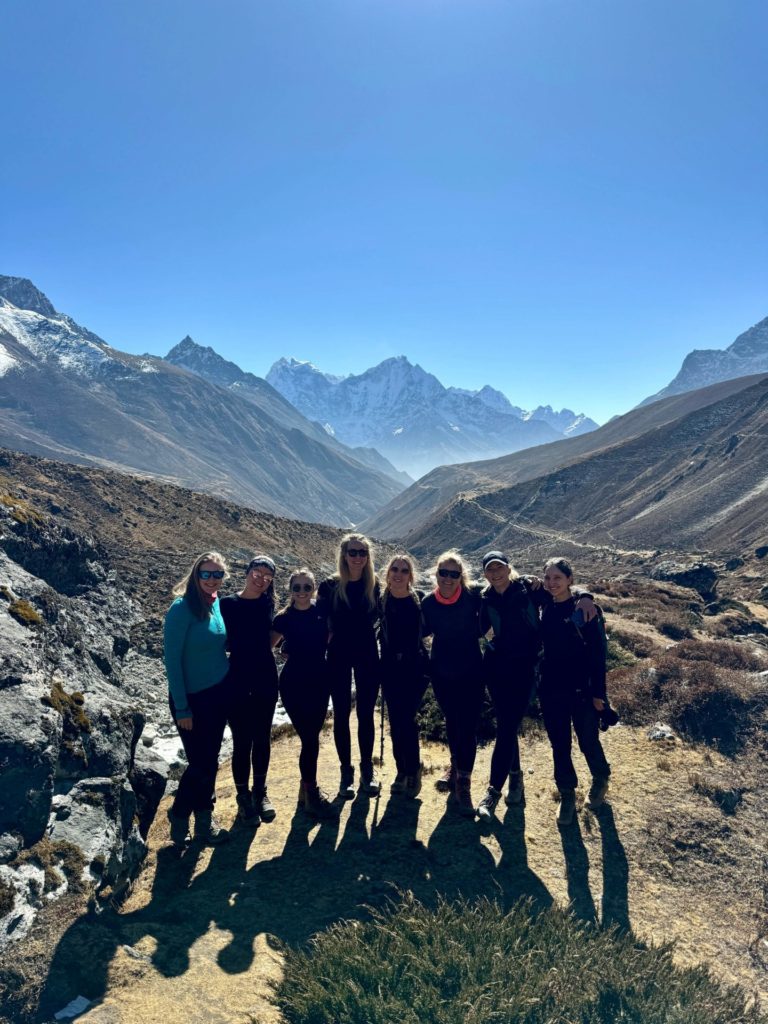
You will thank yourself for bringing these. As someone who struggled with the cold I went through two pairs of hand warmers a day, but most normal humans would probably be fine with just one pair a day!
Bring enough local cash to pay for any meals or services along the way – there are extra fees for wifi, charging and hot water in the teahouses.
Bring around $500 in cash to pay for an emergency helicopter evacuation should you need it.
You will need this to check into your flight to and from Lukla, or board a helicopter if needed.
These are super cheap and the easiest way to ensure you’re drinking safe water throughout the trek, along with boiling it.
Water sterilisation tablets leave a funky taste, so adding in some squash drops and electrolytes are a great way to mask this.
Go wild with these, I recommend bringing a solid stash. Food can be pretty plain while trekking so having something sweet is a real treat!
If you’re a tea lover like me, it really perked me up having a hot cup of Yorkshire Tea every morning and helped me wind down having a soothing mug of Chamomile in the evening.
Dry bags are super useful to separate and organise your clothes within your bags, helping you to find items more easily and unpack/repack quickly. Plus they keep everything dry in case of rain. I recommend bringing plastic zip lock bags for your toiletries and tech too.
Any cameras, phones, chargers and adaptors you may need along the trail. While charging is widely available at the teahouses for a cost, I still recommend bringing at least one battery pack to keep your phone going during the long days. The plug sockets in the teahouses we went to were all UK 3 pin sockets, but this can vary so a multi-plug adapter with a few USB ports is a very good idea. Don’t forget your Garmin or smartwatch cable if you’re wearing one!
I recommend taking a couple of interactive lightweight card games to play in the evenings, as well as a kindle if you have it to help pass the time in the teahouses.
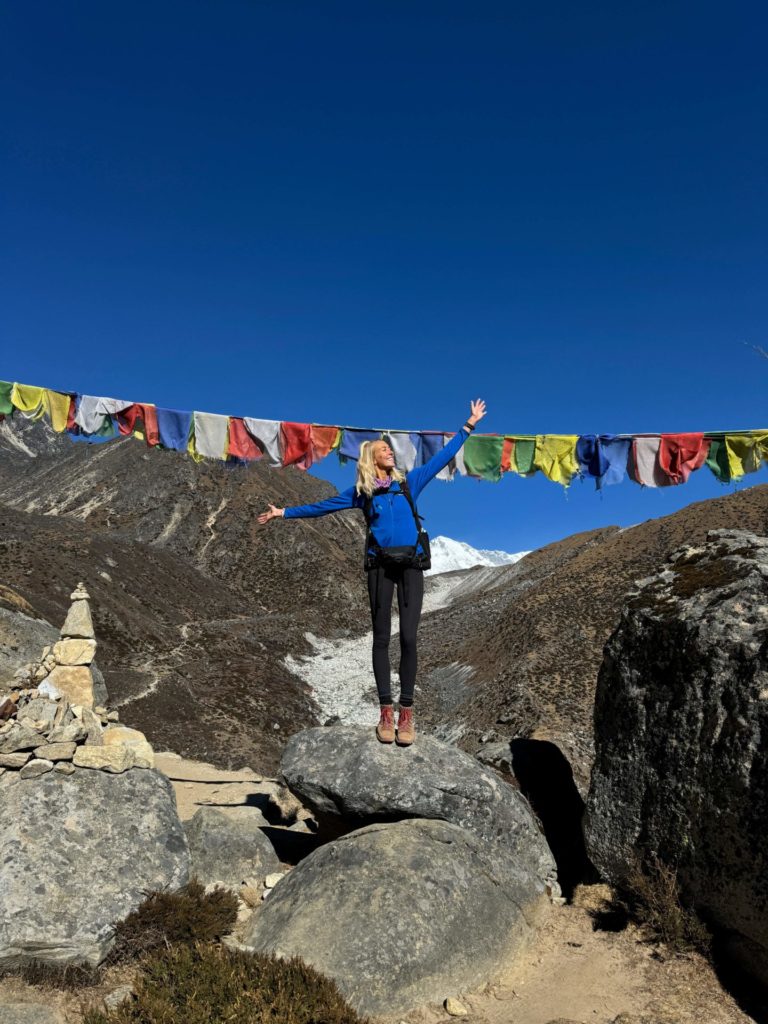

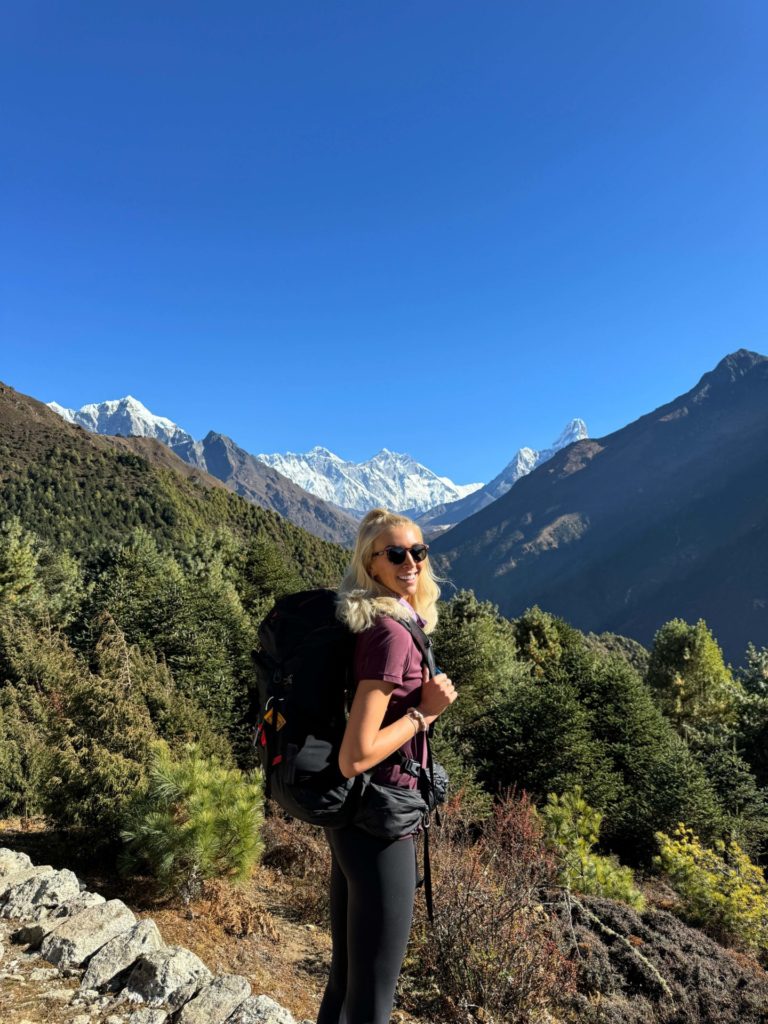
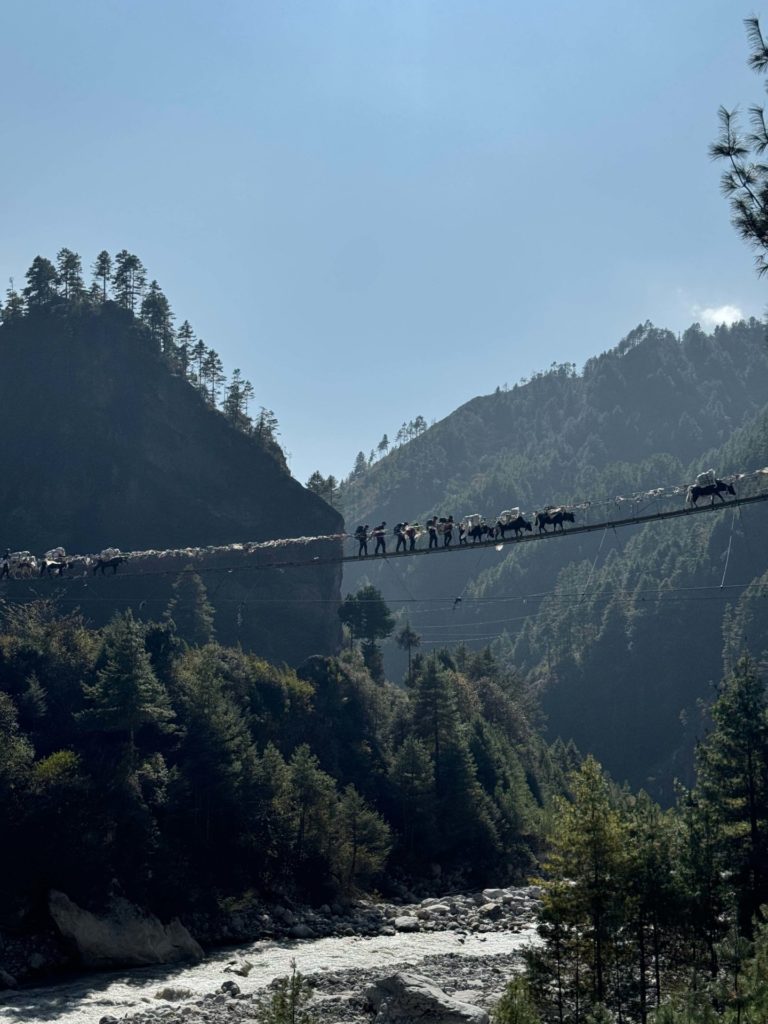
Let me slide into your inbox. A monthly newsletter of all the good stuff – latest posts and videos, rants and rambles, recommendations and resources.
Website Designed by Brogan Daisy Digital © Zanna Van Dijk 2025